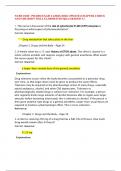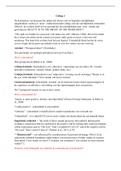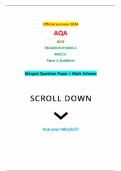Exam (elaborations)
NURS 1030 : PHARM EXAM 2 (2025/2026 UPDATE) CHAPTER 2 DRUG AND THE BODY WELL ELABORATED Q&A GRADED A+
- Course
- NURSING
- Institution
- Louisiana State University
NURS 1030 : PHARM EXAM 2 (2025/2026 UPDATE) CHAPTER 2 DRUG AND THE BODY WELL ELABORATED Q&A GRADED A+
[Show more]






